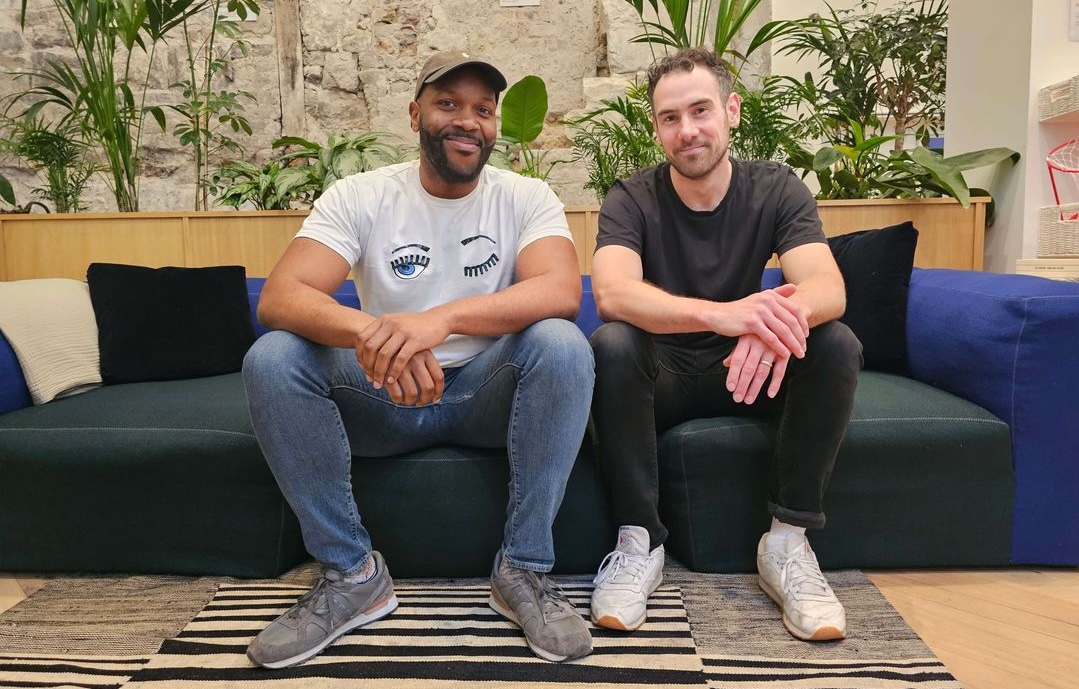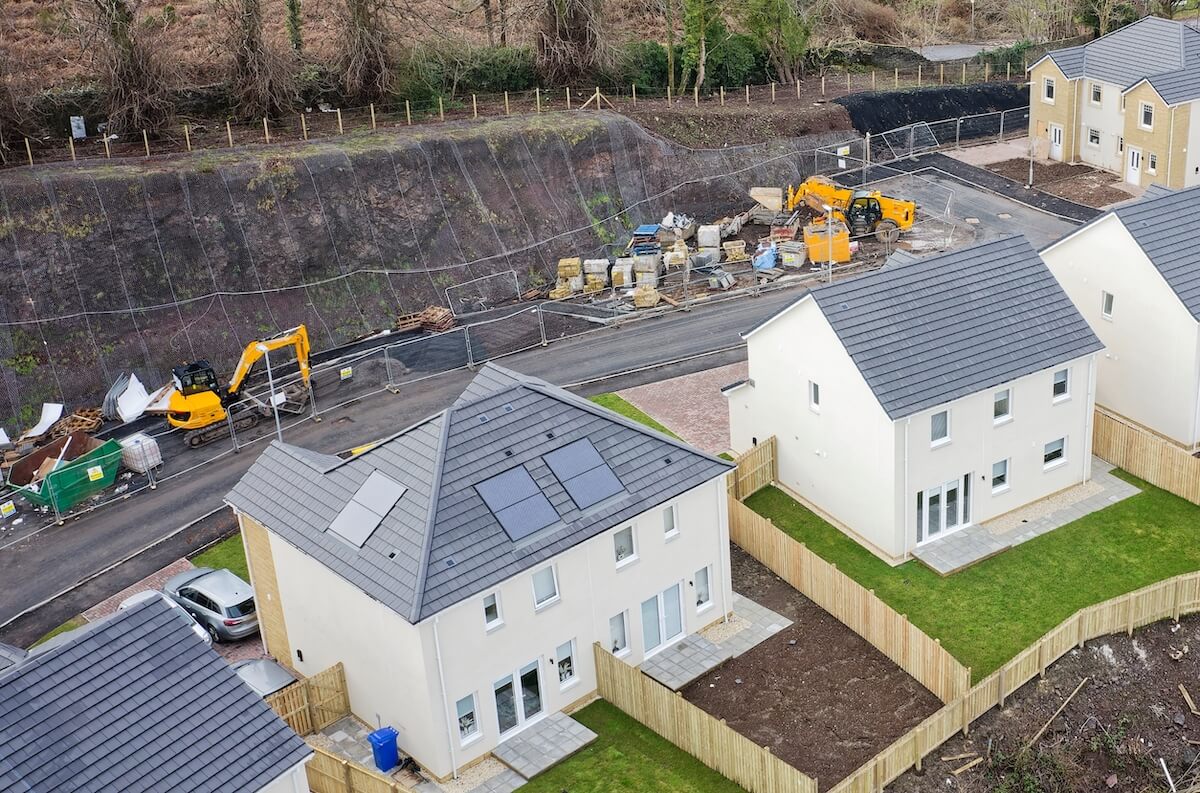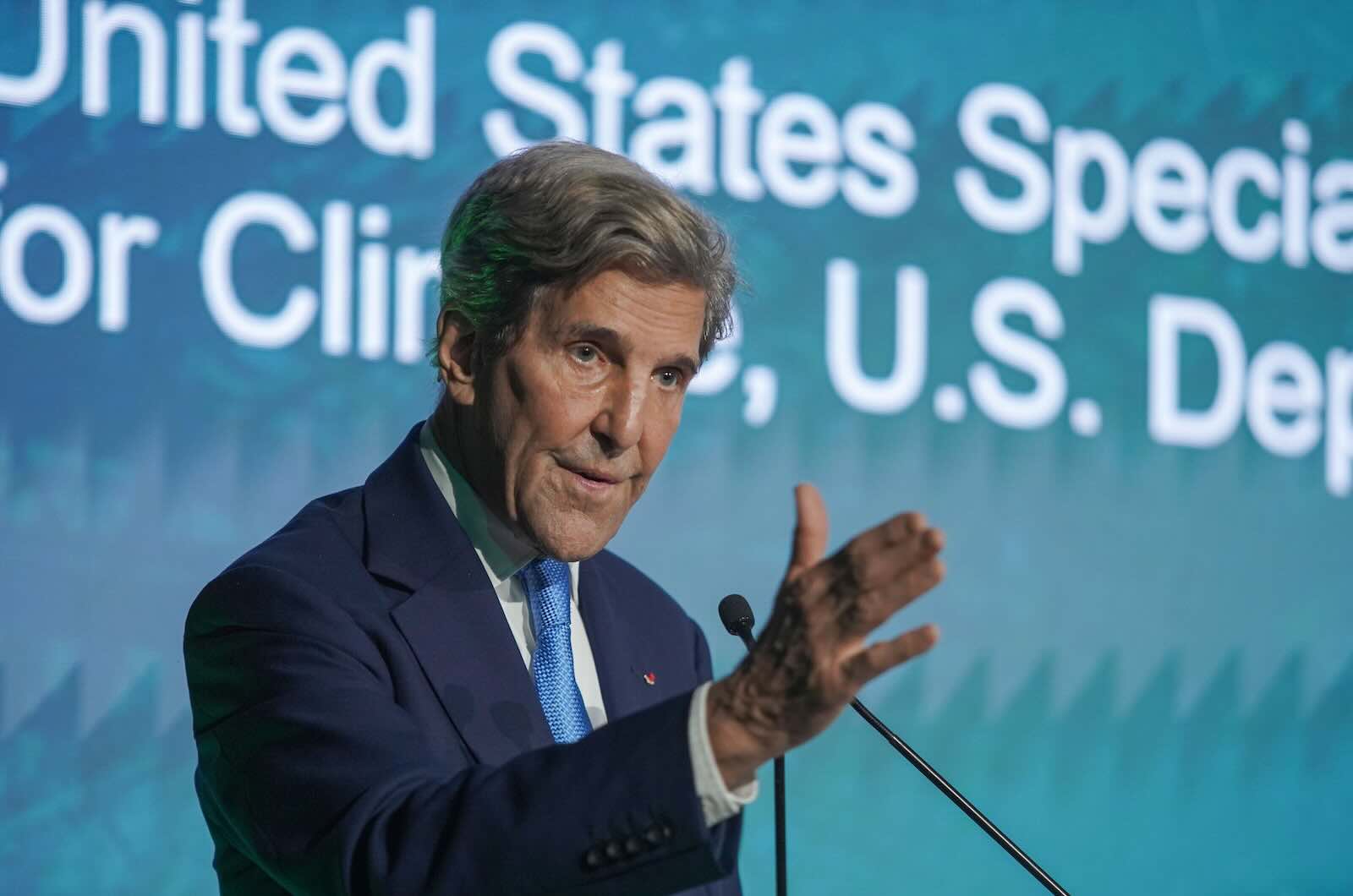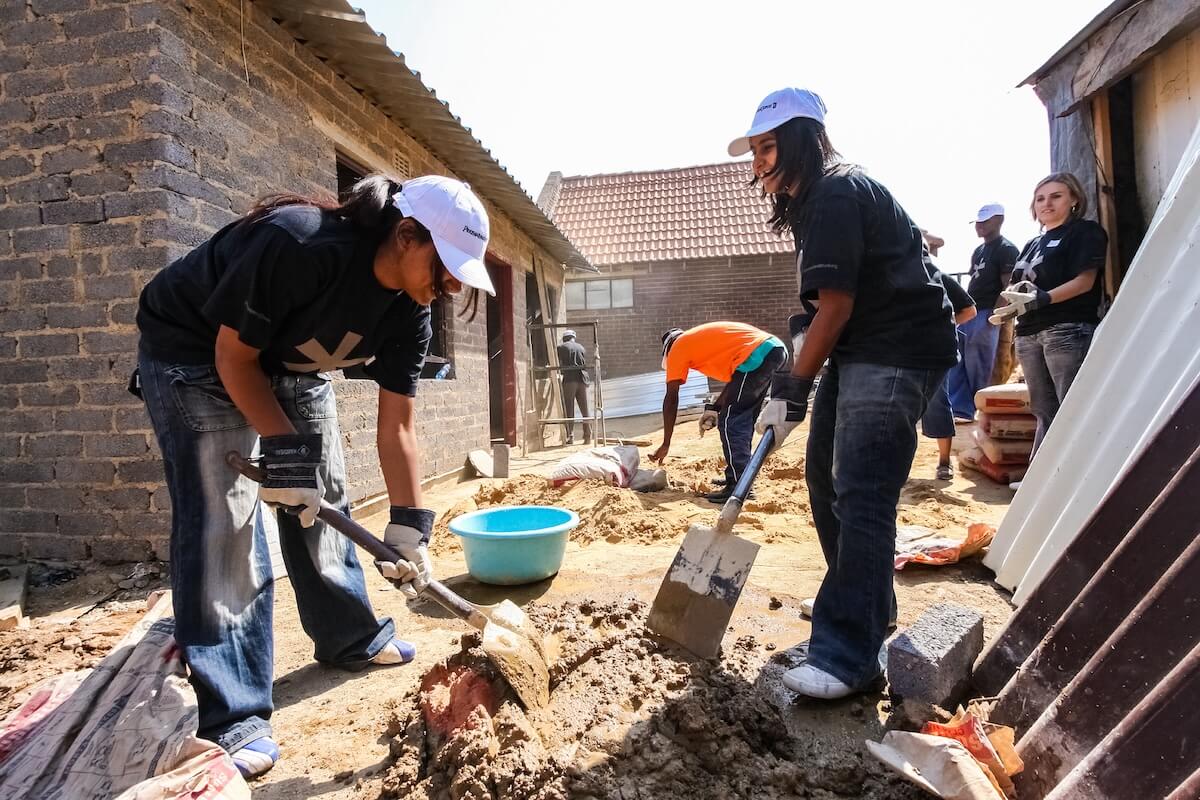Greetings, ImpactAlpha readers!
#Featured: ImpactAlpha Original
Four women defying the odds among India’s male-dominated startups. In their “locker-room conversations,” women entrepreneurs in India share stories about how they are not taken seriously in meetings with male counterparts. Increasingly, there are also stories of men and women working together to combat such attitudes. Mayukhini Pande, a 32-year-old entrepreneur in Bangalore, says she and her male co-founder “have found ways to manage this together.”
In the latest episode in ImpactAlpha’s “Women Rising in India” series, Esha Chhabra talked with four women entrepreneurs who are building companies in India, ranging from menstrual-education tools to a women-centric bank — and leading a cultural shift. India’s thriving startup scene, with as many as 800 new companies a year receiving an increasing amount of investment dollars, remains one of the world’s worst for women. That makes the experiences of women founders who have defied the odds all the more important.
Read Q&As with female founders in “Four women defying the odds in India’s male-dominated startup scene,” by Esha Chhabra, on ImpactAlpha:
Four women defying the odds in India’s male-dominated startup scene
#Dealflow: Follow the Money
Steve Case looks to raise $100 million for entrepreneurs between the coasts. Fresh off his recent “Rise of the Rest” tour, Steve Case is raising a $100 million seed fund to back local startups across the U.S. The AOL co-founder and Revolution chairman launched a startup competition three years ago to “nurture the innovation and entrepreneurial talent that exist outside of Silicon Valley and New York.” In March, Revolution recruited J.D. Vance, author of Hillbilly Elegy, to head the Rise of the Rest tour, which has visited 33 cities — most recently Columbus, Ohio, Green Bay, Wis., Indianapolis, Ind., and Ann Arbor, Mich. Winners of the latest competition include 120WaterAudit, which provides water testing services for households and schools, and logistics company Lanehub. In all, 29 winning startups have secured a $100,000 from Case himself. SEC documents show the Rise of the Rest Seed Fund is seeking minimum investor commitments of $250,000.
Automaker backs equipment-lending platform Gold Farm. Bangalore-based Gold Farm runs a mobile-based service for leasing farm equipment and solar-powered water pumps to small farmers in the Indian state of Karnataka. The company, which started in 2012 and serves about 25,000 farmers, takes a 10% to 15% cut of the transaction. Mahindra & Mahindra, an automaker based in Mumbai, led Gold Farm’s $2 million seed round, with participation from Infuse Ventures. Gold Farm plans to tap Mahindra’s equipment line to expand the types of farming products available on its platform. Other startups have raised investor capital for equipment financing in India, where 60% of the population depends on agriculture. In March, FarMart raised an undisclosed amount of funding for its pay-per-use farming-equipment service.
PEG Africa raises $13.5 million to expand off-grid solar in West Africa. The company offers pay-as-you-go home solar systems to 200,000 off-grid customers in Ghana and the Ivory Coast. It plans to use the new funds to reach 500,000 customers. The latest round is part equity, part debt. The debt portion, coordinated by solar-business lender SunFunder, which has arranged more than $25 million in loans to 30 off-grid solar companies. The debt was structured in U.S. dollars and local currency to resolve “the mismatch between the currency that solar companies receive from their customers, and the currency that solar companies need to repay international lenders like SunFunder,” said SunFunder in a May blog post. ResponsAbility, Oikocredit, Global Partnerships, and Palladium Impact Investments also participated in the loan. The Series B equity funds were provided by Blue Haven Initiative, with participation from EAV, Investisseurs & Partenaires, ENGIE Rassembleurs d’Energies, Acumen and PCG Investments. Last week, BBOXX closed $5 million from Deutsche Asset Management to expand pay-as-you-go solar in Rwanda. In June, Berlin firm Mobisol acquired San Francisco-based Lumeterto grow the market for its pay-as-you-go services in Tanzania, Rwanda and Kenya.
See all of ImpactAlpha’s recent #dealflow. Send deal tips and news to [email protected].
#Signals: Ahead of the Curve
Rather than eliminate OPIC, U.S. may equip it for 21st century development finance. Investing to end poverty and improve social outcomes around the world is gaining favor. The UK recently boosted the amount of development finance capital it will deploy. Canada is creating its owndevelopment finance institution. China’s DFIs are growing. Now, the Trump administration, with bipartisan support, is working on plans for a new U.S. development agency, reports Devex. Such a bank, which could be announced by the end of the year, would “signal a remarkable turnaround for President Donald Trump’s administration, whose 2018 budget proposal had sought to gut the existing development finance agency, the Overseas Private Investment Corporation,” says Devex. The new bank could expand OPIC and fold in agencies that touch development finance, including the U.S. Trade and Development Agency and the U.S. Agency for International Development’s Development Credit Authority. The plans for an expanded OPIC might also include adding new financial mechanisms such as direct equity investments. “European and Chinese counterparts are truly investing trillions of dollars in these sort of efforts,” David Bohigian, OPIC’s executive vice president, said earlier this year. “America is ready for a 21st century OPIC.” Over the past five years, former OPIC CEO Elizabeth Littlefield told Devex, the agency put in place new systems for risk, client and information management, giving it the “institutional architecture build for scale.”
Calvert Foundation will become Calvert Impact Capital. The rebranding is intended to bolster the firm’s ability to attract capital from institutional and other investors, by eliminating confusion around the term “foundation,” CEO Jenn Pryce said. That term created a misperception that the non-profit financial-services firm was focused on philanthropy “rather than investments,” she said. The Bethesda, Md., firm is known for its Community Investment Note, an investment product for retail investors that since 1995 has raised about $1.5 billion in private capital for community development, renewable energy, sustainable agriculture and more. In May, the firm launched Capital Aggregation to syndicate fixed-income opportunities to institutional and accredited investors. Calvert Impact Capital, with a new website at calvertimpactcapital.org, says its mission, vision and work remain the same.
#2030: Long-Termism
The economic costs of climate change through 2100. Wildfires and water shortages in the Southwest. Heat-related deaths in the Southeast, Great Plains and Southwest. Coastal erosion in the Northeast and Southeast. And damaged roads and urban drainage systems around the country. Experts expect climate change to make extreme weather more common, more severe and more expensive for the rest of the century.
How expensive? The Government Accountability Office has mapped the effects of climate change through 2100. Looking at different economic sectors, it finds a wide range of potential costs — and even some benefits. Agriculture could see costs of up to $9.2 billion — or as much as $8.5 billion in benefits — between 2020 and 2039 from changes in temperature, rainfalls and raising carbon dioxide. Labor productivity in the same period could suffer costs of between $100 million and $22 billion from lost work hours. The extremes are greater the further into the century the GAO looked: From 2080 to 2099, mortality costs in the health sector could range from $90 billion to $506 billion.
The changes are not all bad. Potential benefits include increased farm yields in the Northwest and Great Plains and lower cold-related mortality in the Midwest. Why such variability? As the study points out, linking climate change and economic forecasting is an unpredictable art. The research field is still new, and information about some sectors of the economy are far from complete. What’s more, the authors say, humans still have the ability to alter the forecasts.
Onward! Please send news and comments to [email protected].
You are reading The Brief, from ImpactAlpha, impact investing’s most widely read daily newsletter. Not a regular subscriber? Subscribe here:











